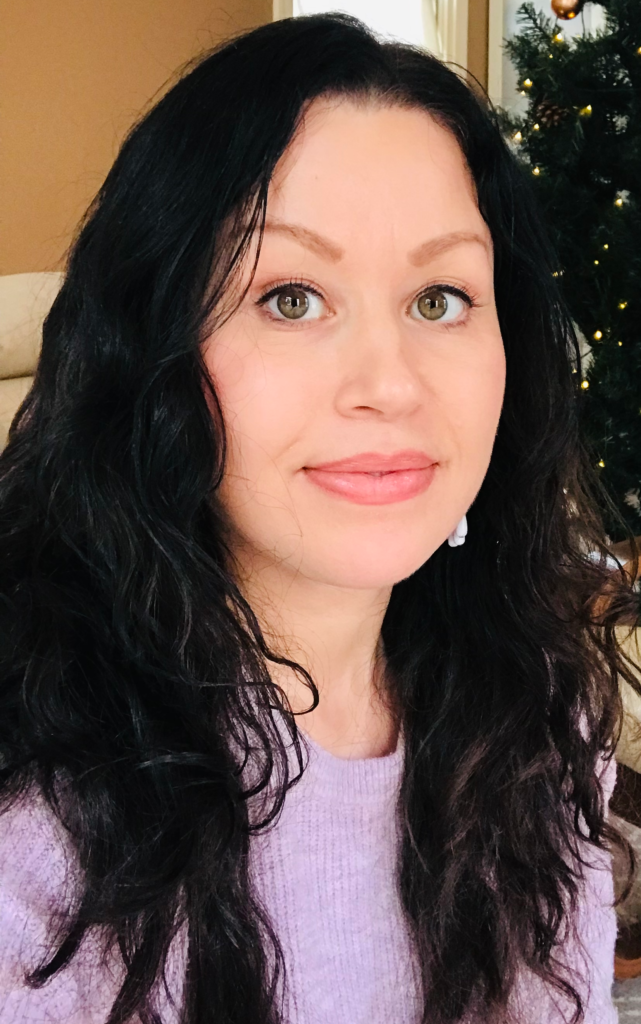
Grief looks like a black & white polka-dot box holding the ultrasounds of children I’ll never hold. If you too are facing infertility, I’m sorry you’re here.
I’m Annabel Adams. I’m the founder of California Fertility Advocates, a grassroots effort to build support for Assembly Bill (AB) 2029, which would require insurance coverage of IVF in California. In my professional life, I’m a marketer and publicist. But this isn’t what this website is about.
This website was born out of my anger and sadness. For the past three years, I’ve struggled with recurrent pregnancy loss.
I was diagnosed with a “chromosome inversion” right as COVID-19 began to make its way to the U.S. It felt like I was faced with two raging pandemics, both of which would upend my life.
3 years, 6 pregnancy losses, 3 rounds of IVF, over $55,000 paid out of pocket, and I’m still here.
What is a chromosome inversion?
A chromosome inversion falls under the umbrella of “structural chromosome rearrangements,” which includes inversions and balanced translocations. Most people don’t know they have one until they try to have children. Though my inversion is rare, balanced translocations affect 1/500 people. Occurring at a microscopic level, these rearrangements have a big impact on fertility. Unfortunately, they’re under-researched and often misunderstood by doctors and even genetic counselors.
Why this website?
Facing a rare form of infertility, I became passionate about two things:
- Science communication. As a professional communicator, I know that storytelling connects us. My hope is that if I share stories about how structural chromosome rearrangements affect fertility and complicate everything we think we know about infertility, I might be able to get legislators to care about funding more research in this area.
- IVF legislation. Facing infertility is a beast in and of itself. For people with structural chromosome rearrangements, there is hope with IVF because embryos can be tested to see if they’re affected by our rearrangements before they’re transferred. However, employers scarcely offer IVF coverage. To add insult to injury, insurers often define infertility as “inability to conceive,” which precludes many of us. Facing a financial uphill battle to cover your diagnosis feels like your diagnosis has been squared. Your prognosis should not depend on your paycheck.
On this website, I’ll host conversations with experts on how genetics impact fertility, track the latest IVF & reproductive-rights legislation & advocacy opportunities, and offer a space for first-person stories that put a face to the 1 in 8 who battle infertility.
Thanks for joining me here,
Annabel

